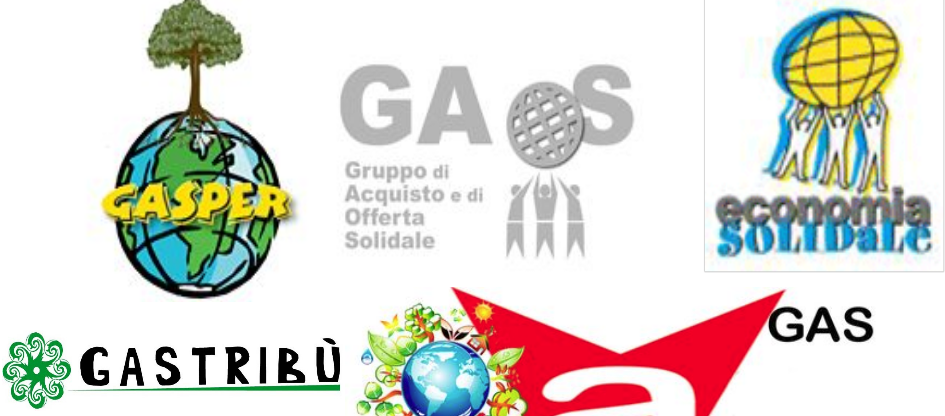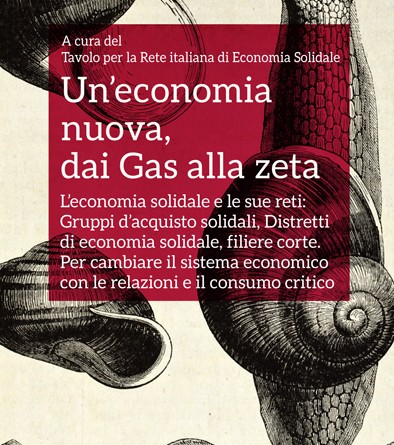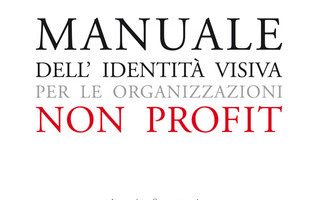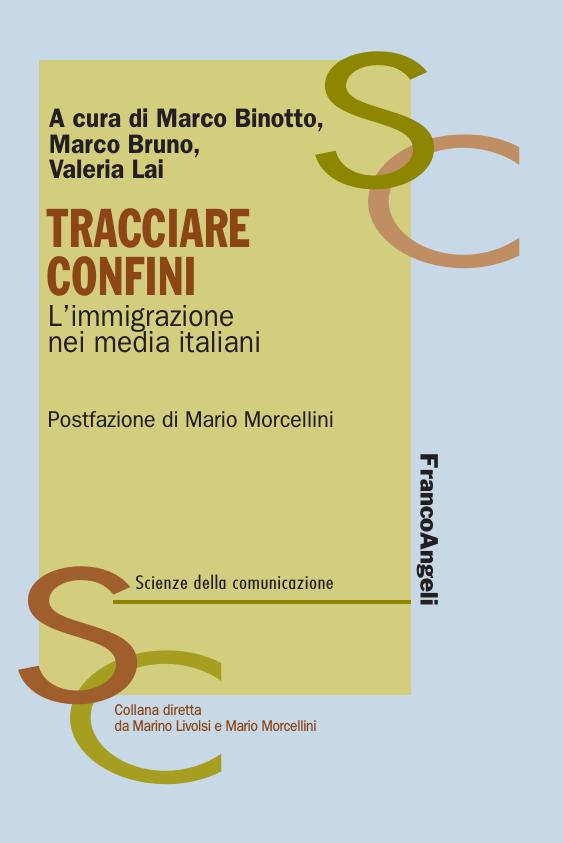Networks without the network?
Ho partecipato, insieme a Federica Ferraris, al convegno internazionale “Protest Participation in Variable Communication Ecologies. Meanings, Modalities and Implications” (Alghero, 24-26 June 2015) con un intervento dal titolo Networks without the network? The Italian protest movements from organized fragments to connective actions.
Abstract
Many Italian contemporary protest and civic organizations use the label ‘Network’ (Rete) to define themselves. Most of them have a website and usually have a social network site profile or page. However, a large part of these organizations do not seem to have an effective and aware appraisal of communication tools for organizational and expressive purposes. The network metaphor often looks like a perfect analogy for the fragmented, reactive and voiceless structure of this movement, rather than an indication for a conscious networked organization, for a community that uses the web as a means and a strategy.
This paper intends to scrutinize the recent collective mobilizations and social movements organizations to find some answers to the hypothesis that there is connective action without a collective intelligence. Two kinds of network will be analysed, namely: 1. protest actions against public policies, infrastructural, or legislative proposals and 2. movements aimed at the creation of economic and cultural alternatives.
To the first typology belong students and scholars’ protests fighting the academic reforms in 2004 and 2010, in which the broadcasting news coverage was more extensive. As for the second one, we will focus on the large and diverse movements of solidarity purchasing groups (GAS – Gruppi d’Acquisto Solidale) along with community-supported agriculture and “solidarity economy networks” (RES – Reti di Economia Solidale).
Each case study is supported by in-depth ethnographic observation of organizing practices (native anthropologist), analyses of communication action performed for broadcast media and, broadly, the use of social media and web strategies.
The connective tissue that shapes the identity and mediatized action of these two movements highlights three elements around which it is built: 1. an organizational network made of people and procedures; 2. a mediatic network made of tools and relationships; 3. a web of meanings made of identity, frames and symbols.
Around these three dimensions it emerges the dilemma of movements, tempted by the spirit of the networks and by the urge to act effectively as a whole, balancing between an organizational decentralization and the heritage of practices and habits of «bureaucratic organizations» (Bennett, Segerberg, Walker).
Finally, around these three dimensions evolves the possibility and practices of movements to act really as connected communities, as well as of organizations that aren’t capable to give themselves a structure, weaving among the «capacity to aspire» and the difficulty of doing. We thus reflect upon some of the most recurring and crucial hypothesis upon social movement, media and the future of democracy.












